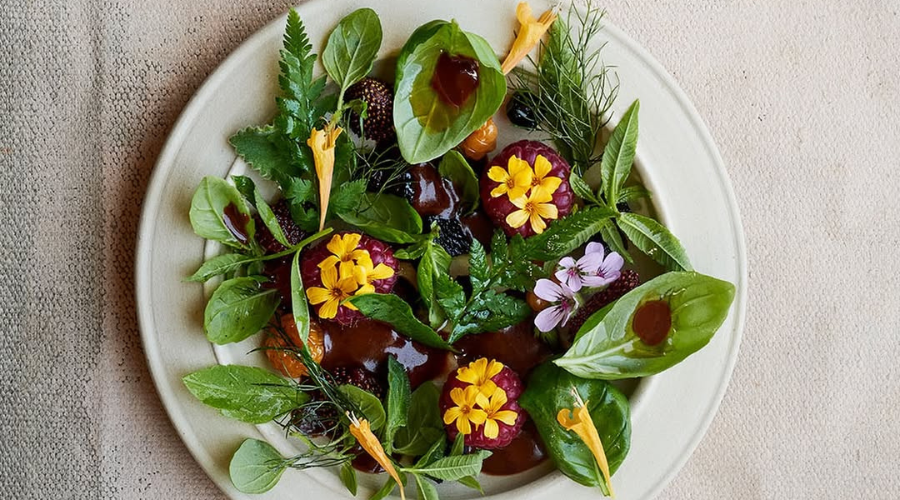The legendary Noma, crowned the world’s best restaurant multiple times, has turned a new leaf. It’s now morphed into a giant experimental food lab and no longer serves hungry tourists and Copenhageners. But Copenhagen’s culinary transformation is just getting started.
The advent of Noma has inspired chefs everywhere to dig deeper into the layers of food. Many ambitious chefs even packed their knives, crossed continents, and settled in Copenhagen, which became the ground zero for food innovation. A city where these chefs also find an audience with a palate for such experiments. For those who trained or worked, Noma, too, went on to open some of the city’s most buzzworthy, experiential dining spots.
It is not surprising that Copenhagen boasts 26 Michelin stars, more stars per capita than anywhere else. For such a city, the competition is enormous. Innovation, sustainability, and freshness aren’t just food whims. The idea of a fine dining restaurant here isn’t about crisp linens and prompt service. Instead, a food experience can take 4 to 6 hours, possibly accompanied by a story told at your table about how your food was sourced or even theatrical visuals that make dining a choreographed experience.
Every cuisine in the world has had its Copenhagen makeover. Even comfort food classics like fish and chips, pizza, or burgers, often termed junk food in some parts of the world, are revamped into healthy, sustainable, and complex masterpieces. Casual neighbourhood bistros and cafés are plating their dishes so creatively that they could give fine dining restaurants a serious run for their money.
The only thing unassuming here might be their names. “Barr” is, as you guessed, a beer bar. “Bæst” is all about quality meat, and “Fiskebar” translates to the fish bar, except that they are also snagging those elusive Michelin stars and are helmed by some of the world’s top chefs.
Book a table at one of these restaurants if you missed a chance to dine at Noma or are still mourning its restaurant days. Here’s a guide to take you beyond the stereotypical Scandinavian meatballs and stews. Let’s dig in!
Barr
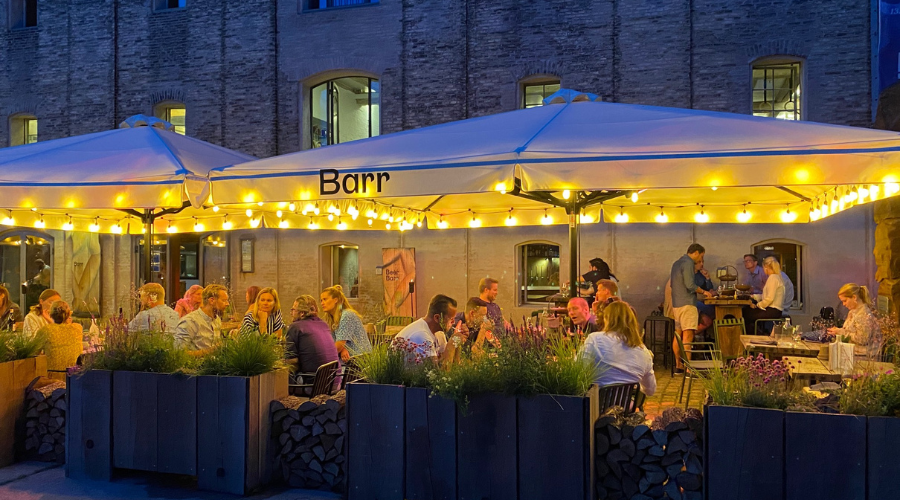
Nestled along the waterfront of Christianshavn, Barr’s name might sound like a “bar,” and for good reason. It is famous for its beers from breweries like Amager Bryghus and spirits from nearby distilleries. But the food here will not disappoint you either. After all, it has an iconic location where Noma once stood. However, that is where it diverges from Noma. Barr isn’t confined to Nordic cuisine. Instead, it celebrates the culinary traditions of the North Sea and Baltic regions, spanning Scandinavia to the British Isles. The menu is a love letter to the flavours of cold climates, where techniques like smoking, pickling, and fermenting amplify taste and depth. Executive Head Chef and Co-owner Thorsten Schmidt sums it up perfectly, “At Barr, we aim to uncover the cuisine that connects the traditional eating and drinking habits of the North and Baltic Seas. We explore these traditions creatively, honouring classic dishes while serving the most delicious version of Northern Sea cuisine possible.” Barr reinvents classics according to seasonality. In the fall, their schnitzel is made with free-range pork, chanterelles, pine shoots, and pickled lingonberries. Go for the four-course tasting menu.
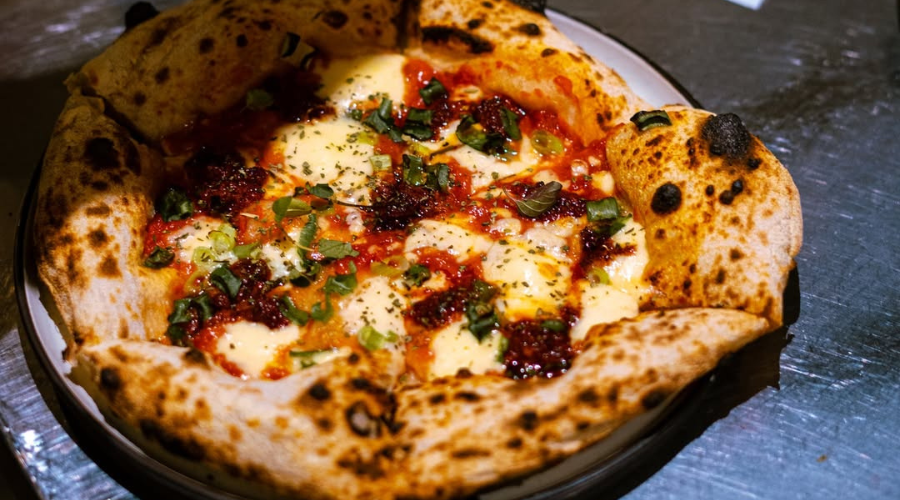
The vibrant cross-cultural vibe of the Nørrebro neighbourhood spills right onto the plates at Bæst. It’s where the sunny flavours of southern Sicily meet the cool, earthy notes of Nordic cuisine in the heart of Copenhagen. Bæst is an organic, Italian-inspired restaurant led by Chef Christian Puglisi, a former sous chef at Noma. He amalgamates Italian staples like extra virgin olive oil and sun-ripened tomatoes with organic vegetables, meats, and cheeses from Denmark. As Puglisi puts it, “I thought it would make sense for me to get inspired by the craft behind making mozzarella, but to create something special in Copenhagen that you don’t find in Italy.” True to his word, Puglisi has created his cheese recipe, crafted daily upstairs in a micro-dairy using milk from biodynamic Danish cows. Add sourdough from Mirabelle Bakery next door, and you get fresh and delicious pizzas that some argue are the best in the world. Must-tries include the Bæst Charcuterie, Kiselgården Fall Salad, Bæst Stracciatella, roasted Kiselgården Pumpkin with Buttermilk and Hazelnuts, and, of course, the pizzas.
Fiskebaren
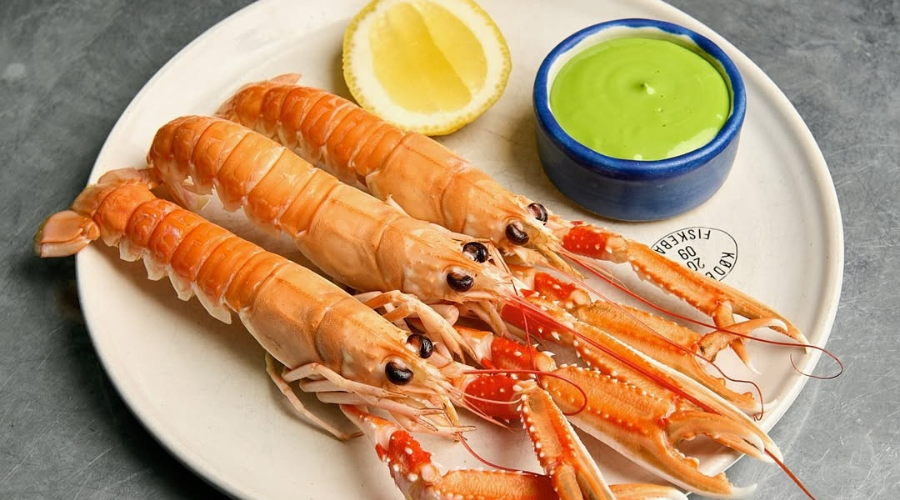
In 2009, when Copenhagen’s Meatpacking District was starting its hipster glow-up, Anders Selmer, a former sommelier from Noma, spotted potential in transfiguring a gritty, meat-gutting space into a restaurant. Fast-forward 15 years, and Fiskebaren’s raw, industrial aesthetic is no longer just a vibe; it’s an icon. And the entire Meatpacking District? Now, it is one of Copenhagen’s chicest evening hangout spots. While the neighbourhood was finding its groove, Kødbyens Fiskebaren splashed, earning a Michelin Bib Gourmand. What started as a laid-back fish joint quickly became the go-to spot for everything from fish and chips to all the food from the Nordic waters. Selmer says, “When we started Fiskebaren, it was one of the only fish restaurants in Copenhagen. There was only one ancient school/fine dining fish restaurant, and many sushi bars back then. So we were the new, fresh kid serving local fish to many people. Also, we had a sustainable agenda from the get–go, but it was not a buzzword back then. Working with local and sustainable fish is also what marks us today. The sustainable agenda and eating a lighter fare (compared to back then, it was still meat-heavy in restaurants) was very inspired by my time at Noma.”The menu is simple yet sublime. Think blue mussels from Limfjorden steamed in apple cider with fresh herbs and a splash of double cream. Or the ultimate comfort dish: fish and chips made with lightly smoked cod from Langø, crispy fried potatoes, and a tangy raw remoulade.
Lola
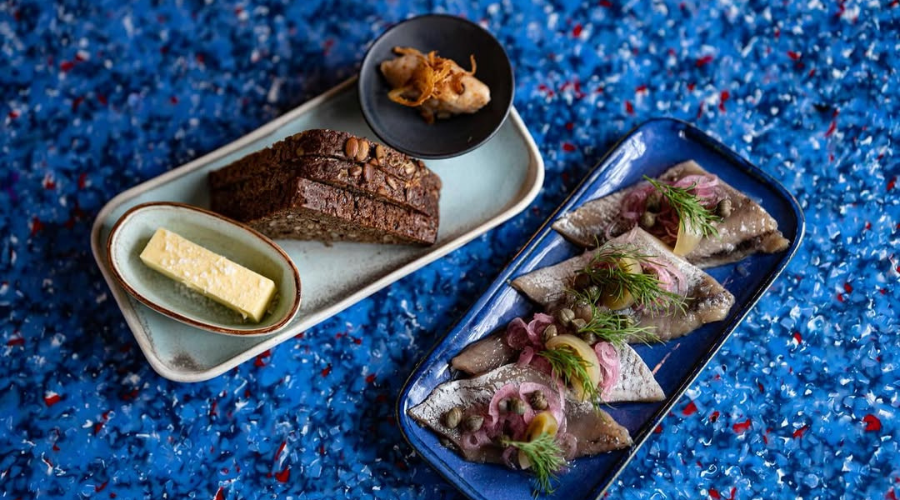
The old windmill on the ramparts by Christianshavn is now a dining spot called Lola. The idea behind Lola was to have an inclusive and affordable restaurant where some culinary workers were recruited from the margins of society and offered professional training. Before the conception of Lola, Kamilla Seidler, hailed as the World’s Best Female Head Chef, was at a restaurant called Gustu in La Paz, Bolivia. Gustu, by the way, was established by Noma co-founder Claus Meyer. With the advent of the New Nordic and Danish cuisine getting all the global attention, Kamilla realised something significant. Copenhagen’s food isn’t just about Copenhagen anymore. It’s about reuniting recipes and ingredients from everywhere. The oh-so-Danish has gone international. Whether it’s an Indian-inspired stew or Mexican tacos, Lola is about reinventing world food. Expect a kick of flavours from Latin America, India, and Southeast Asia. You’ll be on Lola’s relatively tiny but flavour-packed menu, whether in the mood for ceviche, spicy green curry, or butter naan.

Back in the 1850s, a wave of Austrian bakers swept into Denmark, all thanks to a strike by the Danish bakers. The Viennese fused their baking methods with the Danish pastries. And boy, they did shake up things; the result? Flakiest, buttery and layered textures. 2018 René Redzepi, the genius behind the world-famous Noma, took to Instagram to dish out some Danish bakery love. He said, “Danes line up in Copenhagen, not for Kanye shoes or iPhones, but for the best goddamn bread in town.” Forget tech gadgets and trendy sneakers. Bread is where it’s at. It’s been about 175 years since those Austrian bakers landed in Copenhagen, and Denmark is still smitten with all things baked.
The spot Redzepi was raving about was Hart Bakery, created by Richard Hart, who just so happens to be a former Noma baker. Originally from London, Richard started baking for Tartine in San Francisco and moved to Denmark to become a full-time baker with the idea of baking things he had never baked before. He knew the rules well and also how to bend them. At Hart Bageri, even a simple rye bread is treated like a science experiment. In the fermentation lab at Noma, they grind the bread, mix it with barley koji and salt, and let it ferment for a few months, which is called Miso Rye. A similar level of art is involved in their sourdough and cardamom croissants. Since everything at Hart is baked by hand, their logo, “Baker’s Mark,” is an inverted hand that resembles an octopus. It represents the art of slow food, a philosophy where nothing is mass-produced, and everything is crafted with care. Hart Bakery now has multiple locations across the city. To find the nearest one, check Hart’s website.
Ark
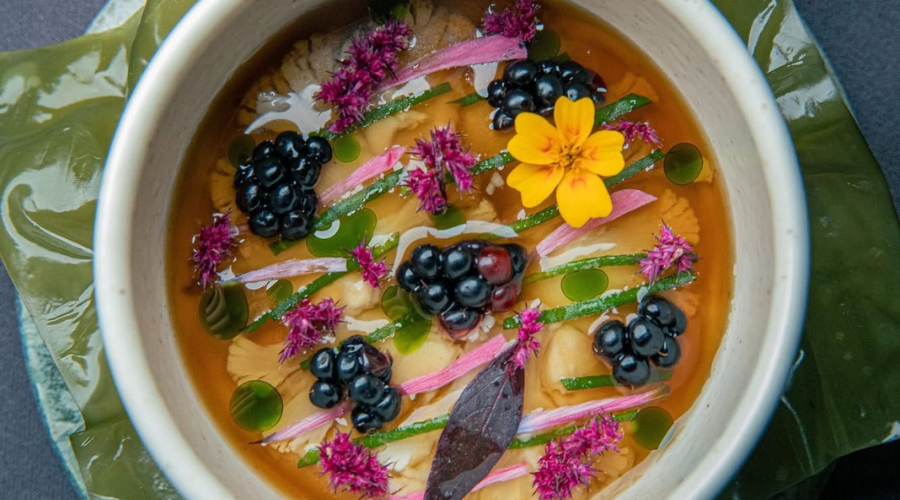
To dare to sell veganism to meat-loving Danes is a feat to begin with. For a city that loves the two “P” in food, thinking of vegetarian dishes that could stimulate the senses of Danes more than their pork and potatoes was daunting. Making a nine-course plant-based fancy menu that earned a Green Michelin Star is a story in its own right. Ark, owned by two Australian chefs, Jason Renwick and Matt Niall, is the first restaurant in the Nordics to receive a Green Michelin Star, an accolade awarded to restaurants that focus on sustainable gastronomy, and one of only 10 plant-based restaurants in the world. Renwick says, “Through craftsmanship and innovation, Ark exemplifies that plant-based food can be exciting and flavoursome. Only these food characteristics challenge mindsets and can inspire others to eat less meat, thereby easing the current environmental pressure on our planet. Conscious, yet exciting, dining.”It serves multi-course menus with ingredients cultivated on their farm. It is not just food; guests dining at Ark are surrounded by sustainable Danish design and enjoy natural or biodynamic wines. Their menu keeps changing and is based on a tasting experience of dishes inspired by seasons and local produce.
Popl
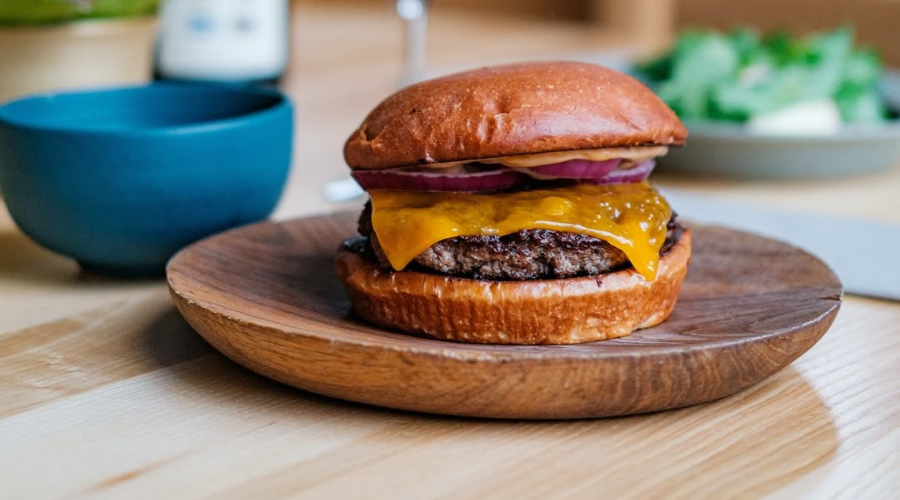
This is where the classic American burger gets a Nordic glow-up. At Popl, burgers aren’t fast food. They are carefully crafted with complex ingredients and a science-driven approach from the Noma fermentation lab led by talented Noma veterans. A cheeseburger at Popl is anything but run-of-the-mill. It starts with a fluffy potato bun holding a juicy, dry-aged flank steak seasoned with beef garum and cooked in butter. Topped with organic cheddar, red onion, and a burger sauce made of mayo, tomato sauce, and pickles. Popl began as a takeaway pop-up during COVID-19 but quickly became the talk of Copenhagen, serving an incredible 1,400 burgers a day, even in the middle of the pandemic. The burger scene in Copenhagen has evolved since then, and Popl is now a permanent fixture. And honestly, there are no complaints.
How to Reach Copenhagen
Air India flies directly from New Delhi to Copenhagen daily. Use the Copenhagen Card to access more than 80 attractions and use all public transport.
For more travel information and ideas, visit Copenhagen’s tourism website.
